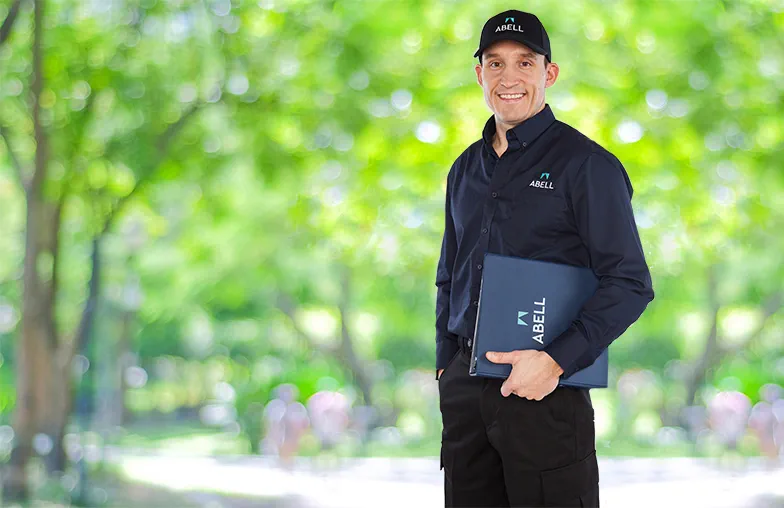Because of its population size and foraging range, the presence of Formosan termite colonies poses serious threats to nearby structures. Once established, Formosan subterranean termite has never been eradicated from an area. Formosan subterranean termite is found in almost all major urban areas of Florida. In urban southeastern Florida, its distribution has expanded to include much of the coastal areas. Formosan subterranean termite attack many species of living plants. The Formosan subterranean termite attacks structural lumbers and living plants because they are sources of cellulose. However, this termite is also known to attack non-cellulose materials such as plaster, plastic, asphalt, and thin sheets of soft metal (lead or copper) in search of food and moisture. Their highly publicized ability to penetrate solid concrete is a fallacy. However, the Formosan subterranean termite is persistent in finding small cracks in concrete which they enlarge and use as foraging routes.
Formosan termite, Coptotermes formosanus, is the most widely distributed and most economically important species in this Genus. A single colony of Formosan termite may contain several million termites (versus several hundred thousand termites for native subterranean termite species) that forage up to 300 ft in soil.
A single individual of the Formosan subterranean termite does not consume more wood than a single native subterranean termite, however, because of its large population size, a Formosan subterranean termite colony can cause more structural damage in a shorter time.
As of 2019, the distribution of Formosan subterranean termite in the United States includes Alabama, Florida, Georgia, Hawaii, Louisiana, Mississippi, North and South Carolina, Tennessee, and Texas.
As with other termite species, colonies of Formosan subterranean termite contain three primary castes: the reproductives (e.g. king, queen, alates or swarmers, and immature alates or nymphs), soldiers, and workers. The majority of the nest-mates are workers that are responsible for acquisition of nutrients, i.e. cellulose in wood. Alates and soldiers are most useful for identification.
The Formosan subterranean termite generally invades structures from the ground. They commonly enter through expansion joints, cracks and utility conduits in slabs. Any wood-to-ground contact is an inviting entrance for Formosan subterranean termite infestations. In some occasions, however, Formosan subterranean termite can form colonies that are not connected to ground, called aerial colonies. If a pair of alates successfully finds suitable conditions, i.e., adequate food and moisture sources in a building, they can initiate a colony with no ground connection. The flat roofs of high-rise buildings, because they always pool rainwater, are ideal places for the Formosan subterranean termite to initiate aerial infestations if portals of entry are found.
After a brief flight, alates shed their wings. Females immediately search for nesting sites with males following closely behind. When the pair finds a moist crevice with wooden materials, they form the royal chamber and lay approximately 15 to 30 eggs. Within two to four weeks, young termites hatched from the eggs. The reproductives nurse the first group of young termites until they reach third instar. One to two months later, the queen lays the second batch eggs which would be eventually nursed by termites from the first egg batch. It may take three to five years before a colony reach substantial number to cause severe damage and produce alates.
What is the distribution of Formosan Termites found in US?
Distribution of Formosan subterranean termite in the United States includes Alabama, Florida, Georgia, Hawaii, Louisiana, Mississippi, North and South Carolina, Tennessee, and Texas.
What causes Formosan Termite infestation?
They commonly enter through expansion joints, cracks and utility conduits in slabs. Any wood-to-ground contact is an inviting entrance for Formosan subterranean termite infestations.

If you are not satisfied with the services provided to you within the guarantee period, you will receive a Full Money Back Refund *Terms and Conditions apply